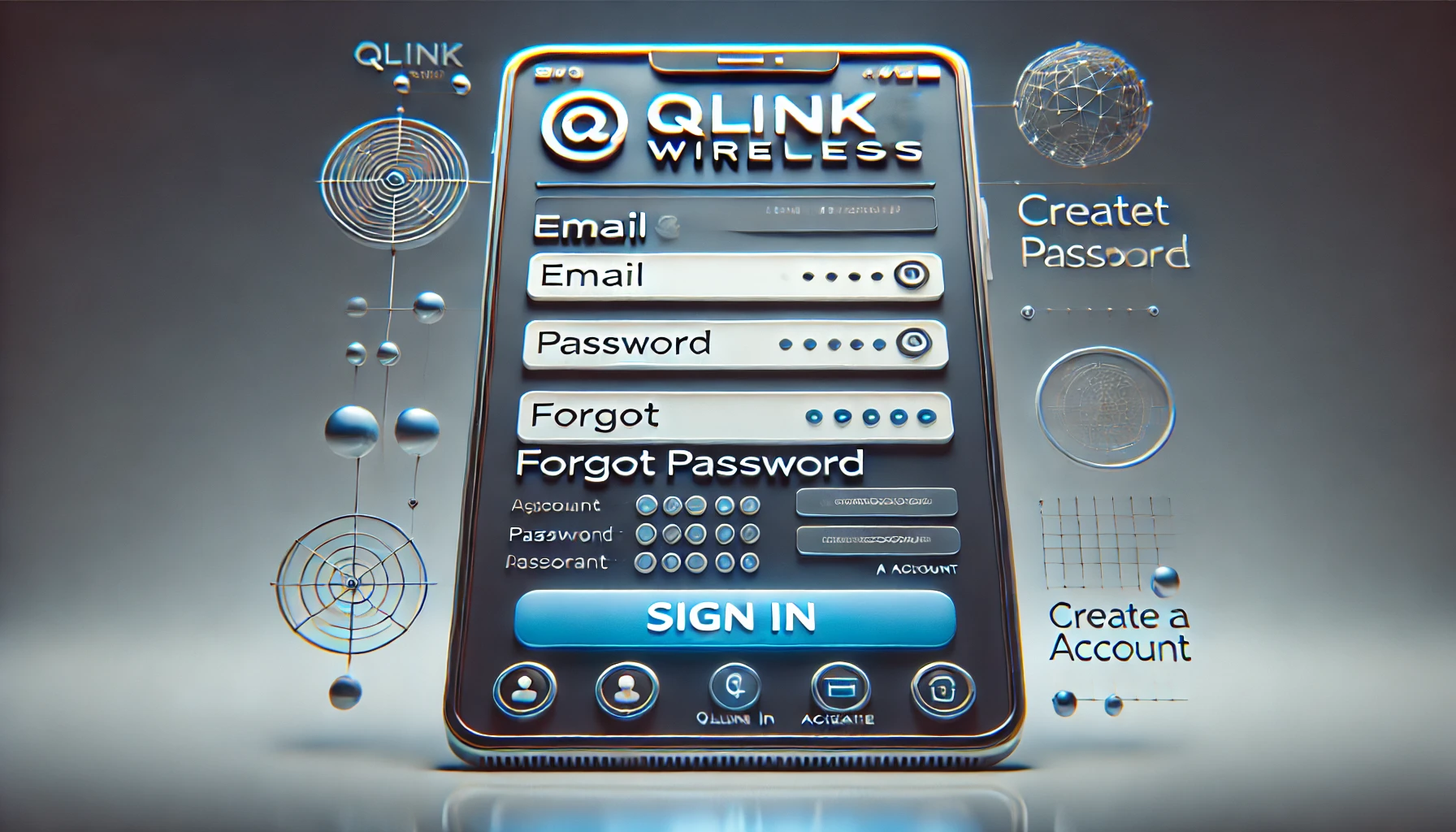In the ever-evolving landscape of high-fidelity audio, one of the most important aspects is ensuring that digital signals are transmitted with utmost clarity. Enter the Harmonic Technology i2s Cable—a cutting-edge solution designed to enhance digital signal transmission, especially in high-end audio systems. Whether you’re an audiophile or a casual listener seeking better sound, understanding the value of this cable is crucial. This deep dive will explore the ins and outs of the Harmonic Technology i2s Cable, why it matters, and how it stands apart in the competitive audio equipment market.
What is an I2S Cable and Why Does It Matter?
To fully appreciate the Harmonic Technology i2s Cable, we must first understand what an I2S (Inter-IC Sound) cable does. I2S is a communication protocol used primarily to transfer digital audio data between components within audio systems, such as from a DAC (Digital-to-Analog Converter) to an amplifier. Unlike conventional digital audio interfaces such as S/PDIF or AES/EBU, I2S is designed for higher data accuracy with lower jitter—making it highly prized among audiophiles for delivering cleaner, more precise sound reproduction.
The Harmonic Technology i2s Cable takes full advantage of this protocol, offering uncompromising fidelity and reducing the common issues associated with digital signal transmission, like clock skew and noise interference. This cable is engineered to preserve the integrity of the signal, ensuring that every detail of the sound is maintained, whether you’re enjoying a delicate piano solo or an energetic symphony.
Superior Engineering of the Harmonic Technology i2s Cable
At the core of the Harmonic Technology i2s Cable lies advanced engineering that prioritizes signal purity and durability. It utilizes high-purity conductors that are precisely manufactured to offer minimal resistance and distortion. This ensures that the digital signals being transmitted remain uncompromised.
One key aspect that sets Harmonic Technology apart is their use of OCC (Ohno Continuous Casting) copper in their cables. This type of copper has fewer grain boundaries, which can act as points of signal loss in standard copper cables. By reducing these grain boundaries, OCC copper allows for a smoother transmission of the digital signal, leading to clearer, crisper audio output. Additionally, the cable is carefully shielded to protect against electromagnetic interference (EMI) and radio frequency interference (RFI), which are known to degrade audio quality.
Unmatched Signal Integrity for Audiophiles
Audiophiles are constantly seeking ways to elevate their listening experiences, and the delivers in spades. Its design helps reduce jitter—a common issue in digital audio systems where timing errors occur in the playback of the signal. Jitter can introduce subtle but noticeable distortions in audio playback, leading to a loss of clarity and detail. The minimizes jitter by ensuring that the digital clocking between the source and destination devices remains synchronized, preserving the original timing of the audio data.
Beyond technical specifications, the real-world impact of using a is apparent in the listening experience. When paired with high-end equipment, users often report deeper bass, clearer mids, and sparkling highs—all of which contribute to a more immersive and satisfying soundstage. Whether you’re playing lossless audio files or streaming high-resolution music, this cable ensures that you hear the music as it was meant to be heard.
The Importance of Shielding in I2S Cables
Effective shielding is critical in any digital cable, and the excels in this area. Poor shielding can lead to interference that distorts the digital signal, leading to audible imperfections such as hiss, hum, or even drops in the signal. Harmonic Technology incorporates multiple layers of shielding in their I2S cables to protect against external noise from other electronic devices, power cables, and even Wi-Fi signals.
This attention to detail in the shielding process ensures that the can be used in a variety of settings without succumbing to the negative effects of interference, making it a versatile option for any high-fidelity audio system.
Optimizing Your Audio Setup with the Harmonic Technology i2s Cable
For anyone looking to maximize the performance of their audio setup, choosing the right cable is just as important as selecting the best DAC or amplifier. The complements high-quality equipment by ensuring that every part of the signal chain operates at its best. While some may argue that cables don’t make a significant difference in sound quality, many audiophiles will attest to the improvements a high-quality cable like this can bring to their system. Even the most expensive audio components can only perform as well as the signal they receive, and that’s where the shines.
It’s also worth mentioning that proper installation of your I2S cable is crucial. Ensuring a secure connection between your devices prevents signal dropouts and maintains optimal performance. It’s always a good practice to check your connections regularly and make sure your cable is in good condition, free from kinks or excessive bending that could compromise its integrity.
How to Choose the Right Length for Your Harmonic Technology i2s Cable
When selecting an I2S cable, length matters. The general rule of thumb is to keep your cables as short as possible to reduce the potential for signal degradation. The Harmonic Technology i2s Cable comes in various lengths to suit different setups, but it’s important to measure the distance between your components before making a purchase. Choosing a cable that’s too long can introduce unnecessary resistance, while a cable that’s too short can put strain on the connectors.
Does a High-Quality I2S Cable Like the Harmonic Technology i2s Cable Really Make a Difference?
The short answer is yes—especially when dealing with high-resolution audio formats that demand the best from every part of your signal chain. While casual listeners may not notice the difference, true audiophiles will appreciate the improved clarity, reduced jitter, and overall enhanced soundstage that a high-quality I2S cable can provide.
The isn’t just about transmitting data—it’s about transmitting the music in its purest form. Every nuance, every subtlety of the recording is delivered with a level of precision that cheaper, less capable cables simply can’t match.
Maintaining Your Harmonic Technology i2s Cable
Like all high-quality audio equipment, you will require some care to maintain its performance over time. Avoid unnecessary bending or twisting of the cable, as this can damage the internal conductors. It’s also wise to periodically clean the connectors to ensure a strong and stable connection between your devices. A little maintenance goes a long way in ensuring that your I2S cable continues to perform at its best for years to come.
Conclusion
In the world of high-fidelity audio, every component plays a critical role in shaping the final sound you hear. The Harmonic Technology i2s Cable is an essential link in the chain, offering unmatched performance in digital signal transmission. For those seeking the ultimate listening experience, this cable is a worthwhile investment that promises to unlock the full potential of your audio equipment. With its superior construction, attention to detail, and proven ability to enhance sound quality, the Harmonic Technology i2s Cable is the key to enjoying music as it was meant to be heard.
FAQs
What makes the Harmonic Technology i2s Cable superior to other digital audio cables?
The Harmonic Technology i2s Cable offers superior signal transmission through its use of high-purity OCC copper, advanced shielding, and precision engineering, all of which contribute to improved sound quality, reduced jitter, and minimal interference.
Can I use the Harmonic Technology i2s Cable in any audio system?
Yes, as long as your audio system supports I2S connections, the <strong>Harmonic Technology i2s Cable can be used to improve the digital signal transmission between components.
Does cable length affect the performance of the Harmonic Technology i2s Cable?</strong>
Yes, shorter cables typically provide better performance due to less resistance and lower potential for signal degradation. It’s important to choose a length that suits your setup without being unnecessarily long.
What type of copper is used in the Harmonic Technology i2s Cable?</strong&gt;
The <strong>Harmonic Technology i2s Cable</strong> uses <strong>OCC (Ohno Continuous Casting) copper, which is known for its superior conductivity and fewer grain boundaries, resulting in smoother signal transmission.
How do I maintain my for long-term use?</strong>
To maintain optimal performance, avoid excessive bending of the cable, regularly clean the connectors, and ensure that the cable is securely connected between devices.
Can a better I2S cable really make a noticeable difference in audio quality?
Absolutely. High-quality I2S cables like the <strong>Harmonic Technology i2s Cable can significantly reduce jitter and interference, leading to clearer, more accurate sound reproduction in high-fidelity audio systems.





